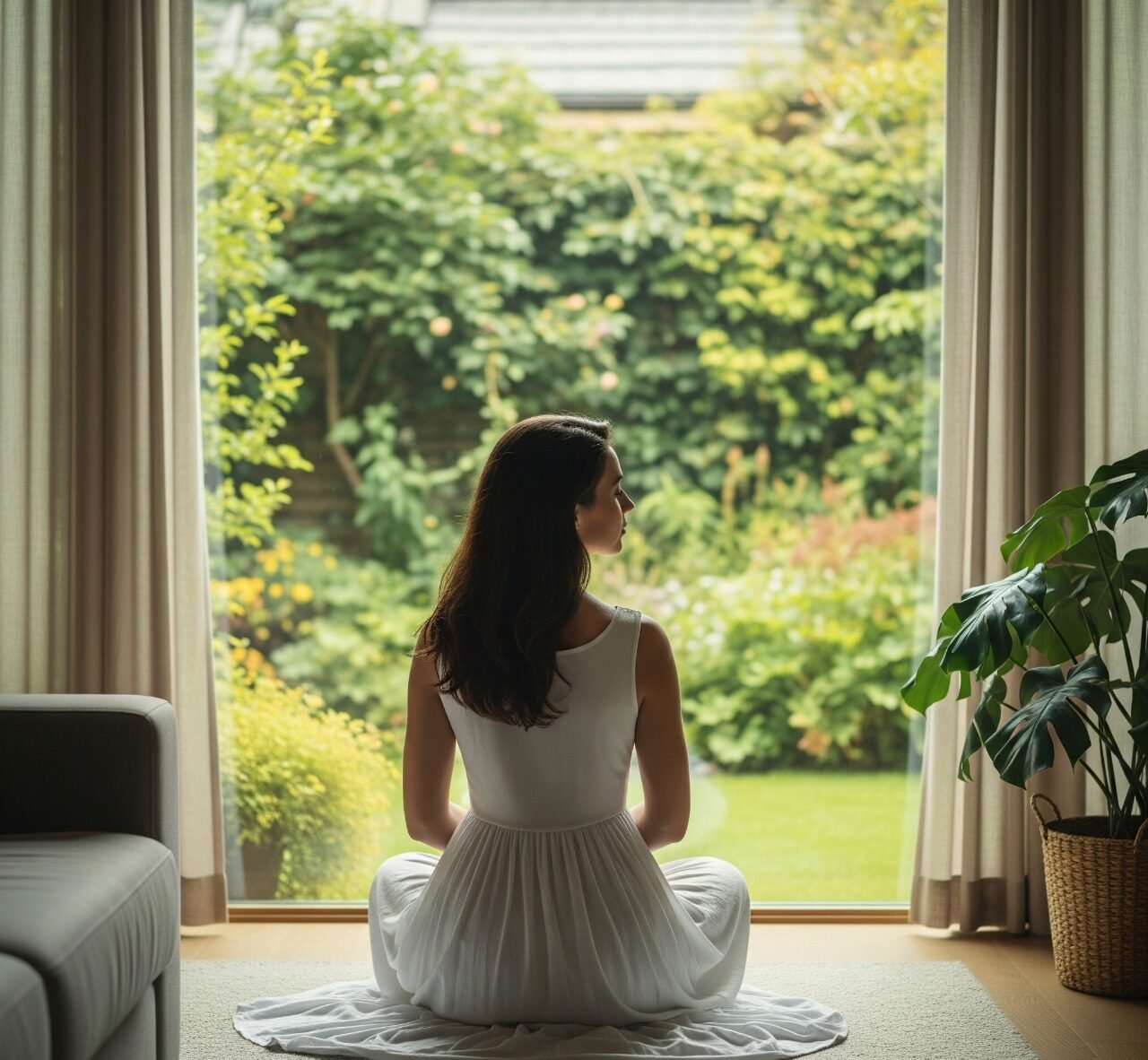Spatial Psychology:How Homandala Architecture Enhances Mental Wellbeing Through Conscious Design
In an age defined by overstimulation, relentless pace, and urban density, a home must be more than a place of shelter. It should serve as a sanctuary – physically, emotionally, and spiritually. At Homandala, we approach architecture not merely as the organization of space, but as the cultivation of soul.
By integrating architecture, urbanism, interior design, and landscape into a single holistic vision, Homandala designs spaces that are not only sustainable in practice but also empathetic in spirit – attuned to the dynamic relationship between people, space, and nature.
Designing with the Mind in Mind: The Psychology of Space
Environmental psychology has long established that built environments directly impact mental health and emotional states. Clare Cooper Marcus, professor emerita at the University of California, Berkeley, highlighted the vital role of place attachment – the emotional bond between person and environment – in fostering a sense of security, identity, and wellbeing (Marcus, House as a Mirror of Self, 1995).
At Homandala, this insight is foundational. We do not merely draw plans – we craft lived experiences. Our architectural approach incorporates Passive House principles: optimized daylighting, cross-ventilation, high-performance insulation, and passive thermal regulation – all designed to support psychological comfort, reduce stress, and enhance cognitive clarity.
Light as Medicine: Mood, Sleep, and Circadian Health
Natural light is not a luxury; it is a biological necessity. Numerous peer-reviewed studies confirm its role in regulating circadian rhythms, improving mood, and lowering the risk of depression and sleep disorders (American Psychological Association, 2020; Figueiro et al., Journal of Clinical Sleep Medicine, 2017).
Homandala’s spatial strategies maximize daylight ingress through precise orientation and fenestration, creating interiors that align the human body with solar rhythms. Here, light is not decoration – it is restoration.
Spatial Autonomy: Control, Privacy, and Social Rhythm
The late environmental psychologist Robert Sommer, in his seminal work Personal Space (1969), argued that environments that allow personal control enhance psychological wellbeing. Spaces that support autonomy – the ability to choose when and how to interact – reduce anxiety and foster a sense of safety.
Homandala’s interior design honors this principle. Our spatial choreography allows for seamless transitions between communal and private zones. Gradual shifts in materiality, scale, and lighting promote intuitive boundaries that respect the individual’s rhythm of connection and withdrawal.
The Home as a Living Ecosystem
At Homandala, architecture is not a static container – it is a living, breathing organism. Our homes respond to their inhabitants. We design environments that align with the human body and nervous system by incorporating:
- Abundant, clean airflow that encourages deep, calming respiration;
- Thermal comfort without excessive mechanical intervention;
- Natural materials and ambient soundscapes that reduce cognitive overload.
This approach echoes the ethos of architect Christopher Alexander, who wrote in The Timeless Way of Building (1979):
“A building is alive when it makes us feel more alive.”
Our mission is not merely to construct shelters, but to reawaken vitality through space.
Space That Allows – Not Dictates
Good design does not impose. It listens. It permits:
- The right to pause.
- The right to fail without judgment.
- The right to heal at one’s own pace.
By designing with biophilic principles and human-centered proportions – inspired by research from Kellert, Heerwagen, & Mador (Biophilic Design, 2008) – Homandala creates spaces that respond to intrinsic human rhythms: solitude, connection, and stillness.
Toward an Architecture of Compassion
Architecture need not be purely technical. It can be rational and poetic, precise and profoundly human. At Homandala, we offer design as an act of empathy – a bridge between mind, body, and environment.
Because a meaningful home is not the grandest – but the one that understands you best.
Are you ready to create a space that resonates with your inner life?
Visit us at www.homandala.com to explore how we blend sustainability, psychology, and soulful design into living architecture.
By Bayu Tama, Architectural Project Director of Homandala
Selected References:
- Clare Cooper Marcus, House as a Mirror of Self, Conari Press, 1995.
- Robert Sommer, Personal Space: The Behavioral Basis of Design, Prentice-Hall, 1969.
- Christopher Alexander, The Timeless Way of Building, Oxford University Press, 1979.
- American Psychological Association (APA), “The Healing Power of Nature,” APA Monitor, 2020.
- Figueiro, M. G., et al., “The impact of daytime light exposure on sleep and mood,” Journal of Clinical Sleep Medicine, 2017.
- Kellert, S. R., Heerwagen, J. H., & Mador, M. L., Biophilic Design: The Theory, Science and Practice of Bringing Buildings to Life, Wiley, 2008.
#PsychologyOfSpace #ArchitecturalWellbeing #EmpathicArchitecture #MentalHealthAndArchitecture #HealingArchitecture #HumanCenteredDesign #SustainableArchitecture #HolisticDesign #BiophilicDesign #PassiveHouseDesign #NaturalLightArchitecture #CircadianRhythmDesign #EnvironmentalPsychology #TherapeuticArchitecture #EmotionalDesign #SpaceAndMentalHealth #MindfulArchitecture #PlaceAttachment #ArchitectureAndHealing #HealthyHomeDesign #ArchitectureThatHeals #SensoryArchitecture #HomeAsSanctuary #ArchitectureForTheSoul #HolisticLivingSpaces #Homandala
